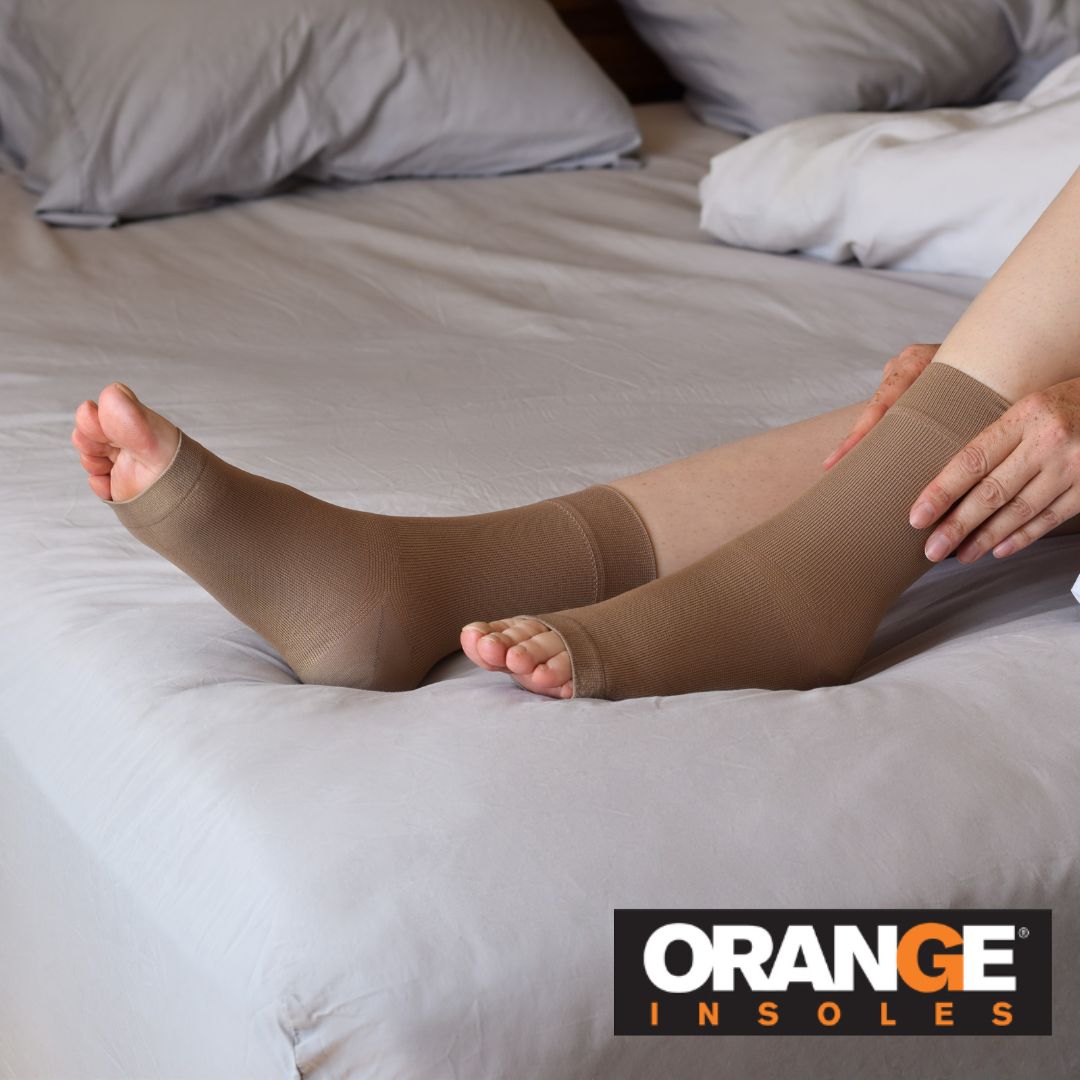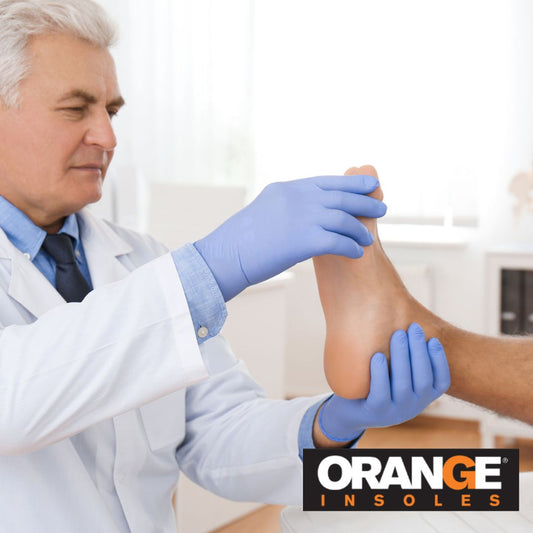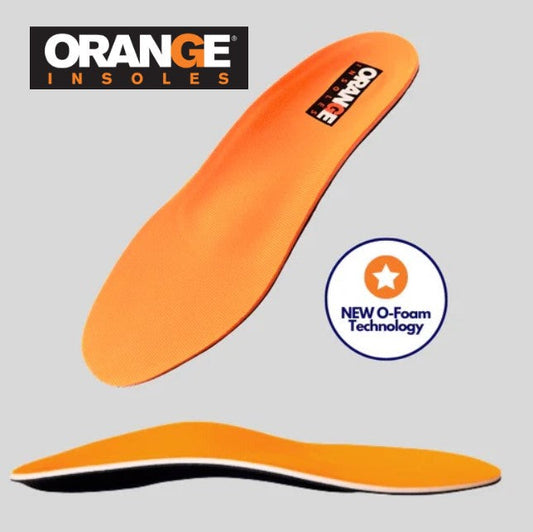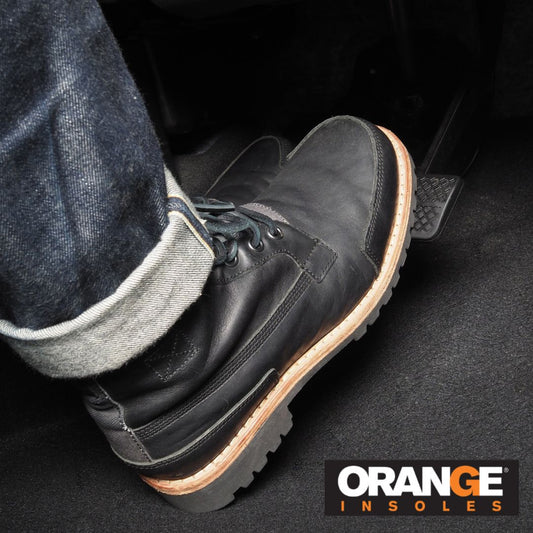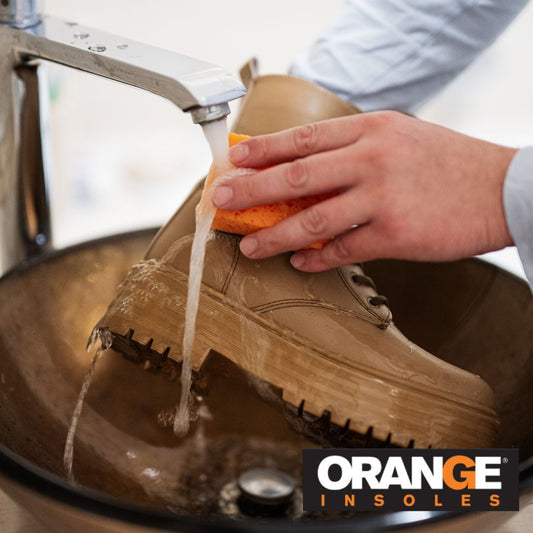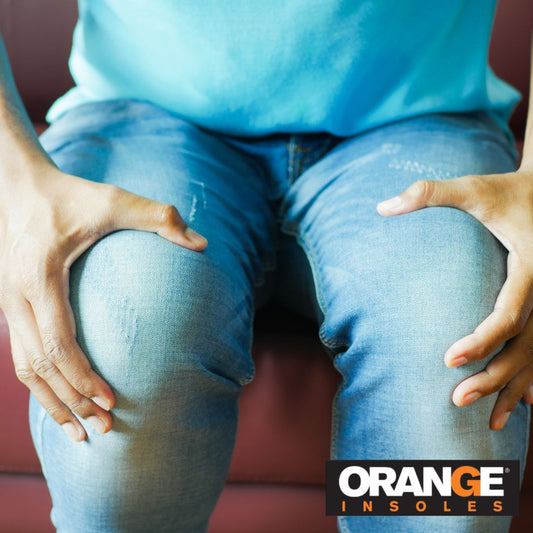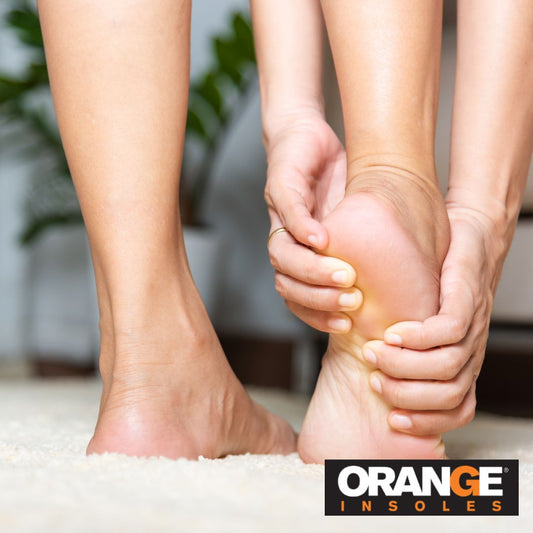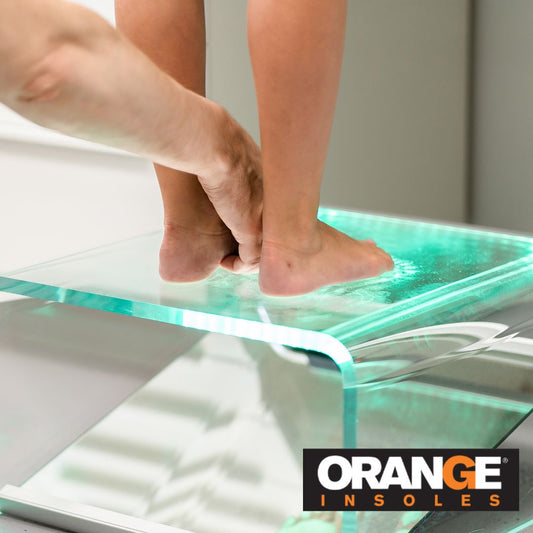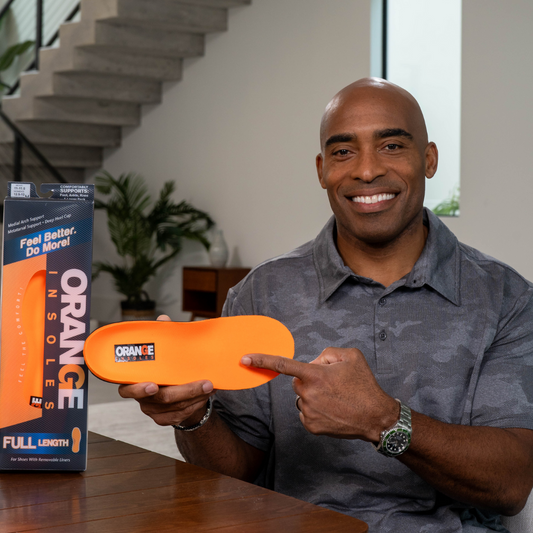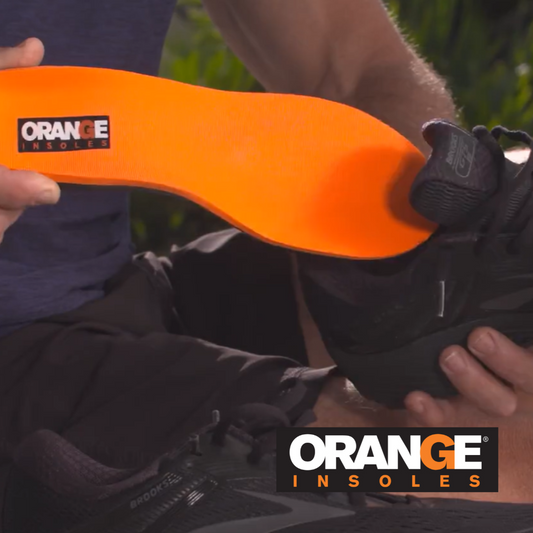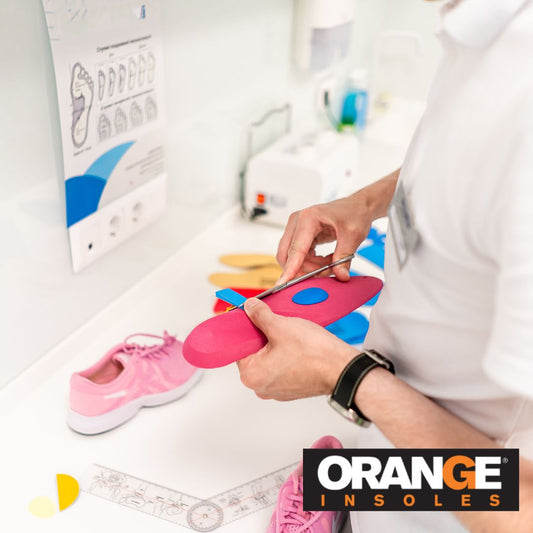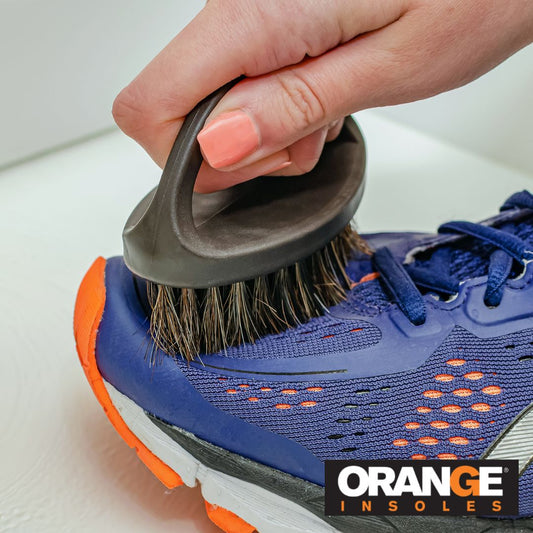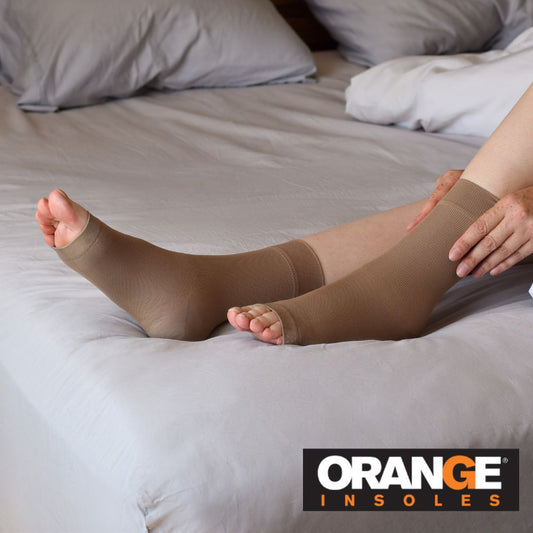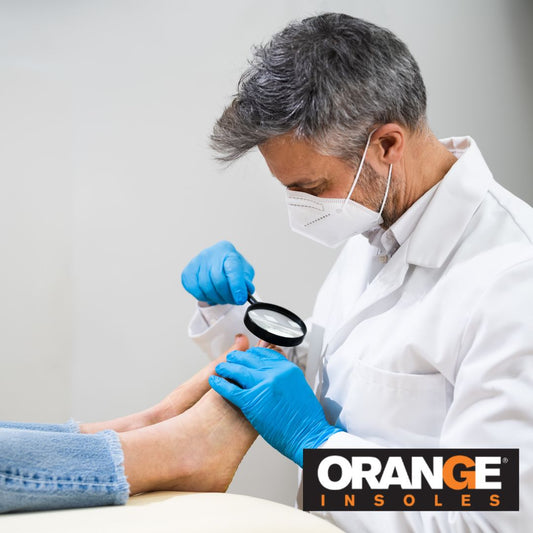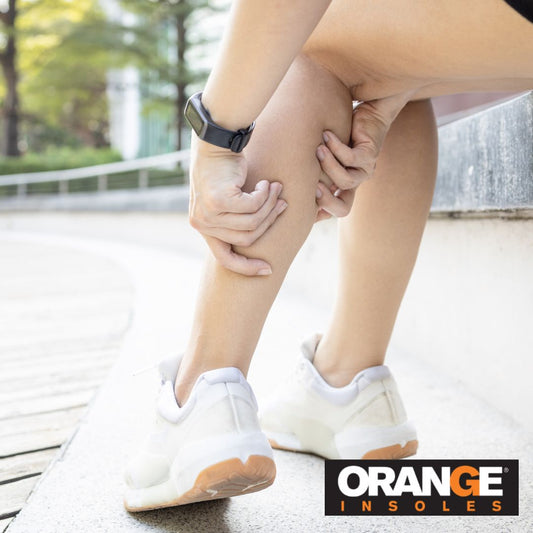Foot edema, commonly known as swelling in the feet and ankles, is not just an uncomfortable annoyance but can be a symptom of deeper health issues. This condition demands attention as it affects millions of people each year, ranging from pregnant women to those with chronic illnesses.
What is Foot Edema?
Foot edema is characterized by an accumulation of fluid in the tissues, predominantly in the lower limbs. It manifests in several forms, including peripheral edema (generalized swelling), pedal edema (swelling specifically in the feet), and variations like pitting (where a finger pressed on the skin leaves an indent) and non-pitting edema.
Causes, Symptoms, and Diagnosis
Causes:
Common triggers include prolonged periods of standing or walking, pregnancy, excessive body weight, and medical conditions such as heart failure, kidney disease, and chronic venous insufficiency.
Symptoms:
The primary indicator of foot edema is noticeable swelling in the feet and ankles. Additional symptoms include:
- A sensation of heaviness or tightness in the feet.
- Skin that appears stretched or shiny.
- Pitting edema, where a press on the skin leaves a dimple.
- Non-pitting edema, where the skin does not retain a dimple when pressed.
- Discomfort or pain in the swollen areas, affecting mobility or walking.
Diagnosis:
Diagnosing foot edema involves a physical examination and reviewing the patient's medical history. Diagnostic tests such as blood tests, ultrasounds, or X-rays might be employed to determine underlying causes.
The Role of Insoles in Managing Foot Edema
Insoles are often overlooked but can be a crucial tool in managing foot edema effectively. They work by providing several mechanical and supportive benefits to the feet:
Support and Alignment:
- Arch Support: Properly designed insoles help to support the arches of the feet, which is crucial for distributing body weight more evenly. This support can prevent the excessive pressure on any one part of the foot that often leads to fluid accumulation and swelling.
- Heel Cupping: Insoles with a well-defined heel cup can help stabilize the heel and ankle area, reducing the strain on the veins and promoting better blood flow. This stability is particularly important for individuals who may experience foot edema due to venous insufficiency.
Improving Circulation:
- Enhanced Foot Mechanics: By correcting foot posture and alignment, insoles improve the overall mechanics of walking. Efficient foot movement enhances venous return (the flow of blood back to the heart), which is critical in preventing fluid from pooling in the lower extremities.
- Reduced Impact: High-quality insoles absorb shock during walking or standing, reducing the impact on the feet. This reduction in impact helps maintain proper circulation and prevents the exacerbation of edema.
Find the best insole for your needs
While insoles can provide substantial relief on their own, they are most effective when used as part of an integrated care approach. For instance, wearing insoles along with using compression socks can significantly enhance fluid management in the feet. Similarly, when combined with lifestyle changes such as improved diet and increased exercise, insoles contribute to a comprehensive treatment plan that addresses both symptoms and causes of edema.
Below are treatment options that are well-paired with wearing of insoles that can help with the condition:
Treatment Options for Foot Edema
Medical Treatments:
- Diuretics: Prescribed to increase urine output, reducing fluid retention and swelling.
- Cardiovascular Medications: For heart-related edema, ACE inhibitors or beta-blockers may improve heart function.
- Medications for Liver and Kidney Conditions: Address liver cirrhosis or kidney disease to manage related edema.
- Adjustment of Existing Medication: Modify dosage or type of medications contributing to edema, such as certain blood pressure drugs.
Compression Therapy:
- Compression Socks and Stockings: Apply mild pressure to legs, enhancing blood flow and reducing fluid retention. Choose appropriate pressure levels based on healthcare advice.
- Intermittent Pneumatic Compression Devices: For severe edema, these home devices provide cyclic pressure, improving lymphatic and venous circulation.
Lifestyle Adjustments:
- Dietary Modifications: Reduce salt intake to prevent water retention; include natural diuretics like cucumbers, celery, and asparagus.
- Fluid Intake: Monitor and potentially increase fluid intake to dilute sodium and stimulate urine production.
- Weight Management: Maintain a healthy weight to reduce circulatory system strain and risk of edema.
Read more: How to stop emotional eating and Form Healthier Habits
Physical Therapy and Exercises:
- Leg Elevation: Elevate legs above heart level several times a day to drain excess fluid.
- Gentle Exercises: Activities like walking, swimming, and cycling activate leg muscles, aiding fluid movement.
- Manual Lymphatic Drainage: Specialized massage by trained therapists moves fluid from swollen areas.
- Yoga and Stretching: Specific poses and stretches improve circulation and reduce fluid buildup in the lower limbs.
FAQs
Q1: Can diet really affect foot edema?
Yes, especially salt intake can significantly impact fluid retention.
Q2: Are there any exercises specifically good for reducing foot edema?
Yes, exercises like swimming and leg elevation can help reduce swelling.
Q3: How often should I replace my insoles to help with edema?
Generally, replace insoles every 6-12 months, depending on wear and effectiveness.
Q4: How effective are compression socks for managing foot edema?
Compression socks are highly effective for many people, as they help improve blood flow and reduce swelling, particularly when worn daily during active hours.
Q5: When should I see a doctor for my edema?
If you experience severe or persistent swelling, pain, redness, or noticeable changes in the skin, it’s important to consult a doctor. These symptoms may indicate a more serious underlying condition that requires medical attention.
Foot Edema Can Be Managed
Understanding and managing foot edema effectively involves recognizing the symptoms, addressing underlying causes, and implementing a combination of medical treatment, lifestyle changes, and supportive care like insoles and compression socks. By taking a comprehensive approach to treatment and prevention, individuals can significantly alleviate the discomfort of edema and prevent future health complications.
If you’re dealing with foot edema or have concerns about your foot health, consult a healthcare provider to discuss the best management plan for your needs. Remember, proactive care is key to managing and preventing foot edema effectively.




